33+ Sample Project Fact Sheet
-

Project Fact Sheet Template
download now -
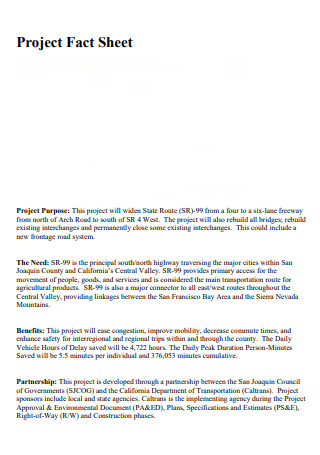
Basic Project Fact Sheet
download now -
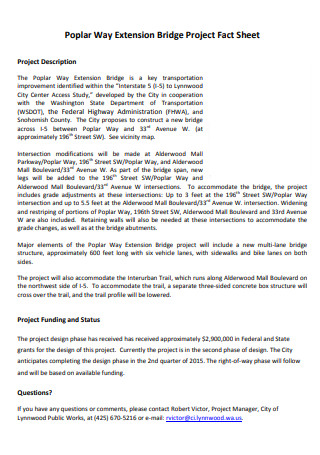
Bridge Project Fact Sheet
download now -

Solar Project Fact Sheet
download now -
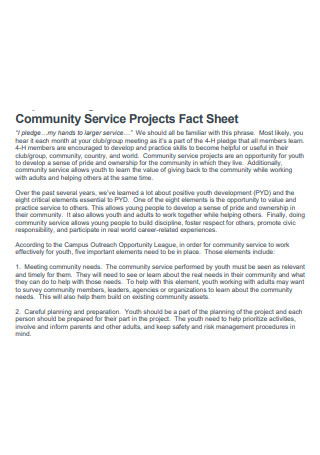
Community Service Projects Fact Sheet
download now -
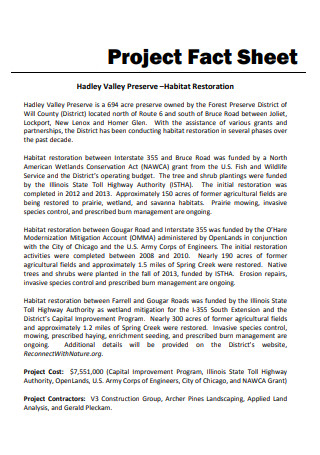
Project Fact Sheet Example
download now -
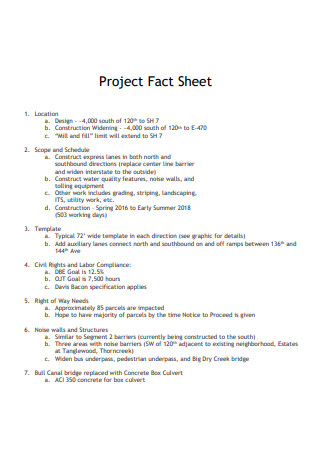
Standard Project Fact Sheet
download now -
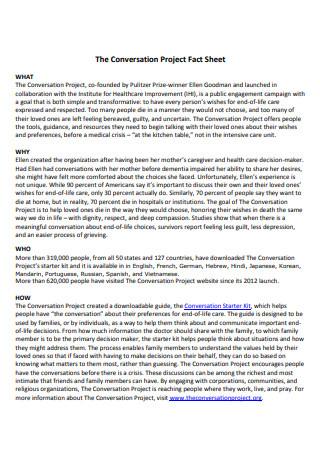
Conversation Project Fact Sheet
download now -
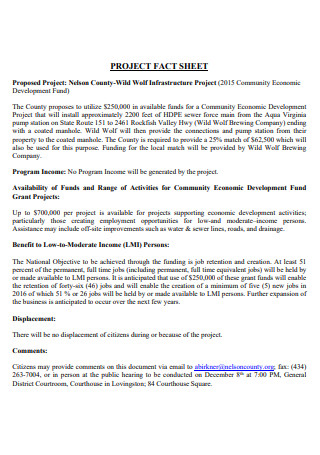
Project Fact Sheet in PDF
download now -
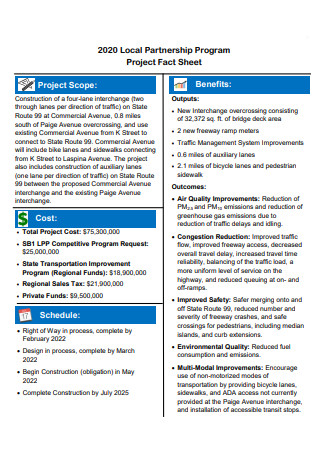
Local Partnership Program Project Fact Sheet
download now -
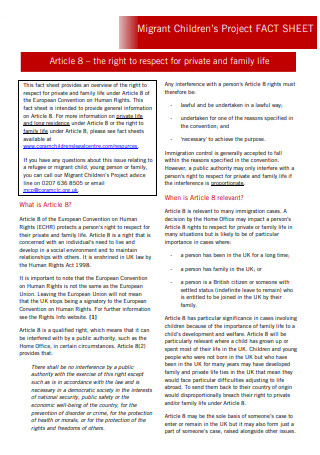
Children Project Fact Sheet
download now -
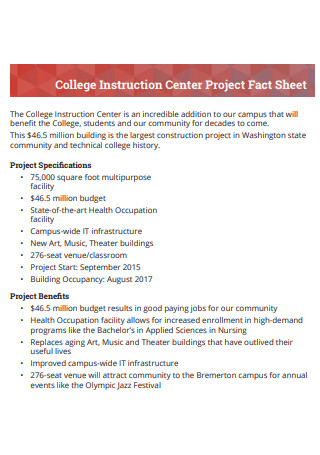
College Center Project Fact Sheet
download now -
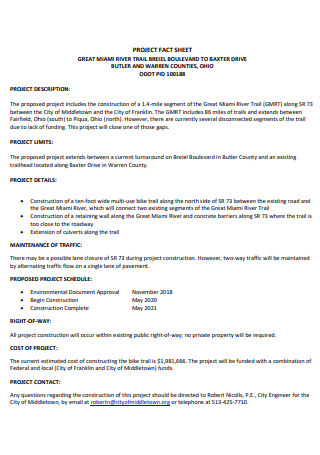
Simple Project Fact Sheet
download now -
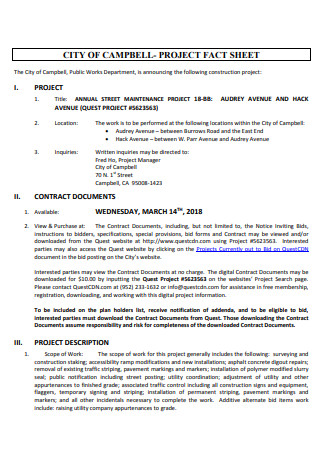
Printable Project Fact Sheet
download now -
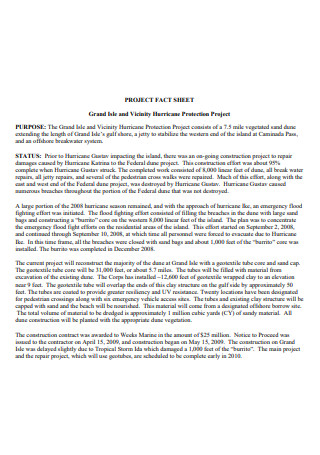
Protection Project Fact Sheet
download now -
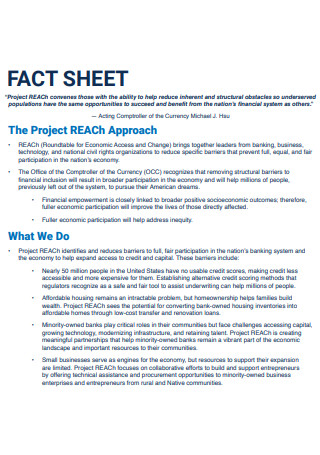
Project Reach Approach Fact Sheet
download now -
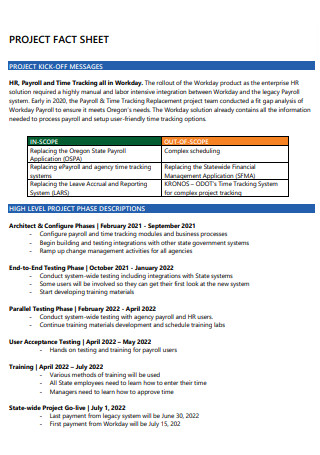
Formal Project Fact Sheet
download now -
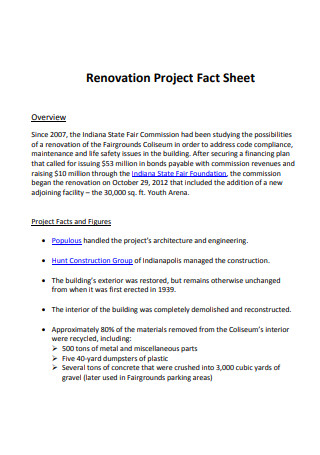
Renovation Project Fact Sheet
download now -
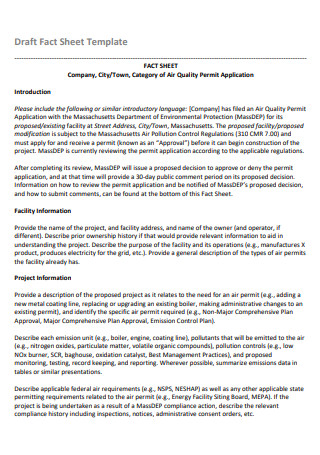
Draft Project Fact Sheet
download now -
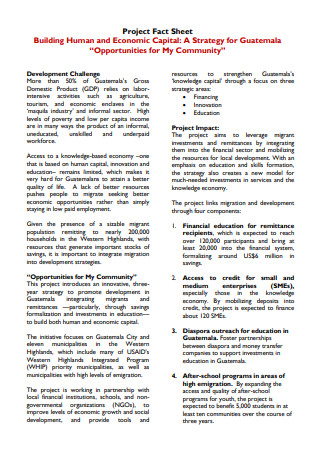
Sample Project Fact Sheet
download now -
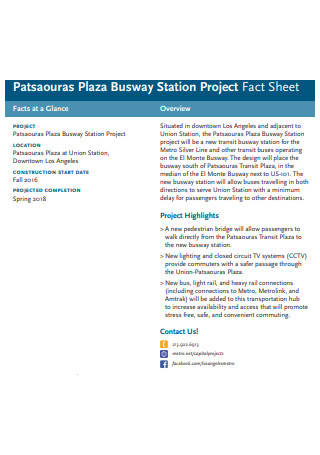
Station Project Fact Sheet
download now -
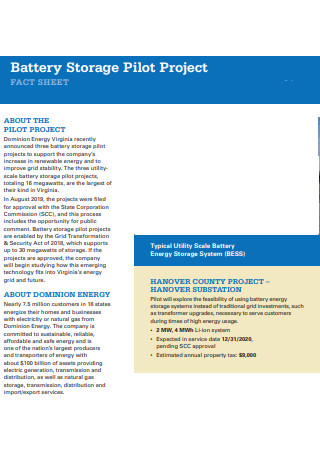
Pilot Project Fact Sheet
download now -
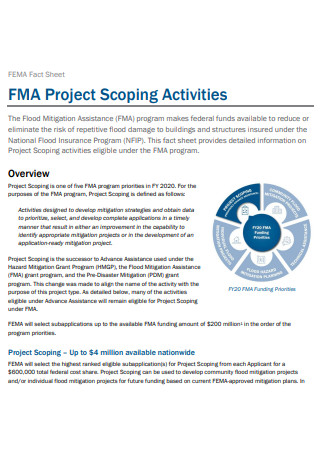
Project Activities Fact Sheet
download now -
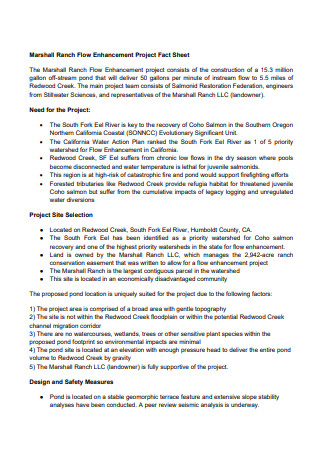
Enhancement Project Fact Sheet
download now -
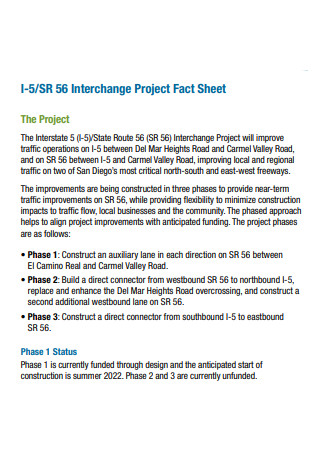
Interchange Project Fact Sheet
download now -
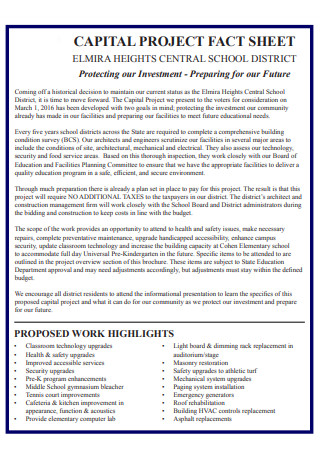
Capital Project Fact Sheet
download now -

Road and Bridge Project Fact Sheet
download now -
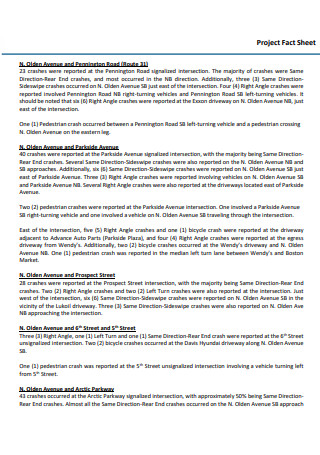
Project Fact Sheet Format
download now -

Ground Water Project Fact Sheet
download now -
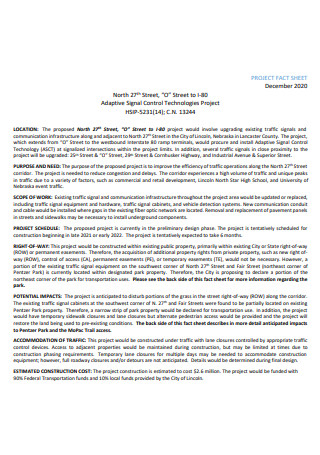
Signal Control Technologies Project Fact Sheet
download now -
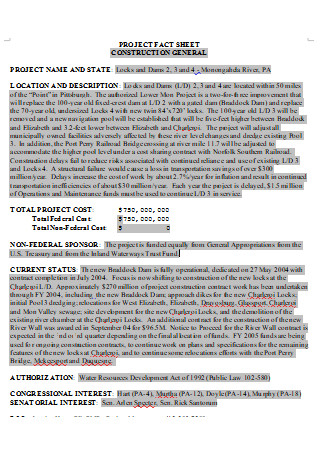
Construction General Project Fact Sheet
download now -
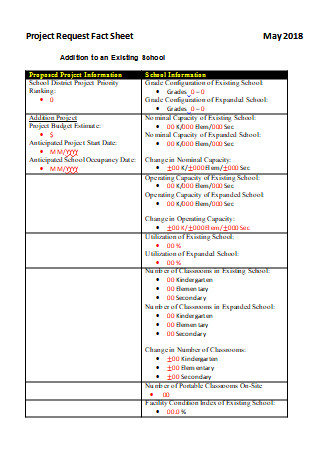
Project Request Fact Sheet
download now -

Project Build Fact Sheet
download now -
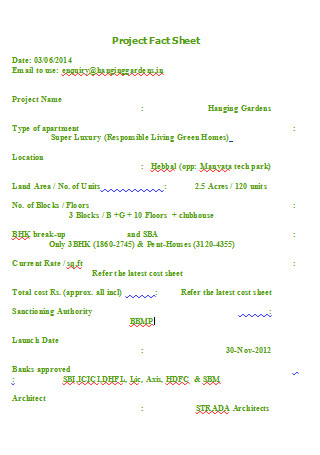
Project Fact Sheet in DOC
download now
FREE Project Fact Sheet s to Download
33+ Sample Project Fact Sheet
What is a Project Fact Sheet?
Five Phases of a Project
How to Write a Project Fact Sheet
What are the Six Project Constraints?
FAQs
When is a project considered a success?
Why is a project fact sheet important?
Can a project fact sheet exceed one page?
What are the boundaries of a project?
What is a Project Fact Sheet?
A Fact Sheet, sometimes referred to as a fact file, is a one-page document that contains important information on a product, material, services, or any other subject. It condenses the most important facts on a subject into a condensed amount of space. The objective is to present facts and essential points about a subject in a clear, succinct, and understandable manner. A project fact sheet centers around a project that a company wants to introduce to the public, informing them of the relevant information that they should know with regards to the project that is being made.
Five Phases of a Project
Projects aren’t just made at the moment or an instant, there are multiple life cycles that a project has to go through before it can be presented to the public. According to Future Learn, there are five phases of a project. Keep on reading to know more about the phases before creating your own fact sheet for a project. In knowing the following information, you are well-equipped to present your project in a more well-thought-out manner. Think of it as a project checklist with the first step being vital before going to the further steps.
How to Write a Project Fact Sheet
If you have reached this part, then it may mean you already have a project in mind and are more than ready to write a project fact sheet. This guide will help you in writing each step and know which detail is appropriate for the contents of your project fact sheet. It is merely one page after all, and you might have the urge to say so many things for readers and the public to be well-aware of your project. Don’t let that urge get to you because you should only state relevant information. Check out the samples of a project fact sheet that are available in this article.
Step 1: Add Header Information
A header is crucial because it is the first thing that readers see when viewing your fact sheet. The more eye-catching it is, the more they are prone to reading the entire document. Make sure to add a header that can hook the public to pick up your fact sheet or to even admire it enough to recommend it to others. It can be your company’s logo, name, or even a catchy slogan.
Step 2: Company Details
The next step entails you give a brief description of your company. Begin your fact sheet with the name of your company and a brief explanation of its vision and mission. Add some basic information about your business, such as the locations of your offices, the total number of workers, the year it was founded, the sector it operates in, and so on. Also feel free to include any other relevant information about your product, service, or business.
Step 3: Project Objective
You may state your project objective in a creative manner such as the use of bullets or in phrases. Be straight to the point and make sure to get your point to the reader. They should be able to understand what it is your project intends to do and see how connected it is to your company’s vision and mission.
Step 4: Elaborate on your Project
In this step, you are able to explain more on the details you have mentioned above that you see fit to be expounded more. These can be interesting details that you think the readers are interested to know more about or this part can also showcase the Budget that went into your project. Even adding in a project background can pique the interest of the public.
Step 5: Additional Information
If the achievements of the company are relevant to mention in connection to your project, then you may include a section for them. Alternatively, if assumptions and risks of the project need to be addressed, then you can also do so. This step may only be relevant for projects with the additional and necessary information that should be included. See Company Profile if you would want to add information about your company employees in your project fact sheet.
What are the Six Project Constraints?
No project is free of errors and mistakes, as human as we are, encountering challenges, is part of any action that is being committed. But in knowing what obstructions can be possibly faced, it is much easier to redirect the project around them or solve them quickly before they would grow into a much bigger issue. According to Work Front, there are six project constraints that any project plan needs to consider.
FAQs
When is a project considered a success?
A project can be considered a success with the accomplishment of a project plan that will remain within schedule and budget. Since calculating the time duration of a project, as well as the necessary funds and resources for a project, could take quite an estimation, the skills and effort given to it are rewarded with a great feat of success.
Why is a project fact sheet important?
Since a fact sheet acts as a unique tool that summarizes the information into one brief and concise document, clients and readers receive a sufficient amount of information from it. They would not need to do additional research to gather data regarding the project but merely reading the one-page document is enough. Through a project fact sheet, the intended audience is much easier to reach and their data absorption is with less hassle. Whether your project entails buildings, architecture, or even construction projects, fact sheets can serve useful in presenting the information.
Can a project fact sheet exceed one page?
Usually, a fact sheet is only one page, which is the front side of the document and quite rarely containing two or more pages. The purpose is that the information presented on the fact sheet is concise and direct to the point. Having more information might make the document too lengthy and it will no longer be considered a fact sheet but an infographic. See our project data sheet examples for a better comparison.
What are the boundaries of a project?
Other than the people that are involved in the project, the resources that come with thinking over the project details, a project has boundaries regarding its scope and schedule. All of which are necessary for detailing the project and the contents of the project fact sheet to relay the most relevant information for the client and also the public. There are available templates for Project Scopes that can provide you additional information with regards to your project, which can also supplement the information on your project fact sheet.
Quite a few of the population will keenly stay updated on your project, and through a project fact sheet, you may be able to attract the attention of the public who were having second thoughts on paying attention to your company’s project. This serves the purpose of a project fact sheet in containing relevant information that is enough to inform long-time clients or potential clients in the near future of what is to be expected of your project. Having one for your project will not only present the details but also showcase your professionalism in the field. So what are you waiting for? The article provides you all the necessary guide in writing your own project fact sheet, all that remains is your specialty in it!
